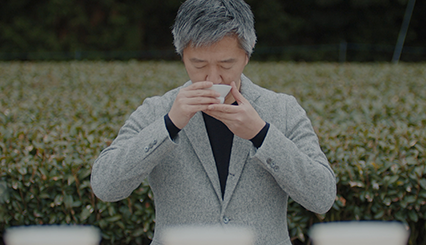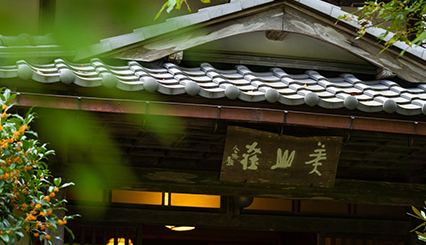NEW Article
-
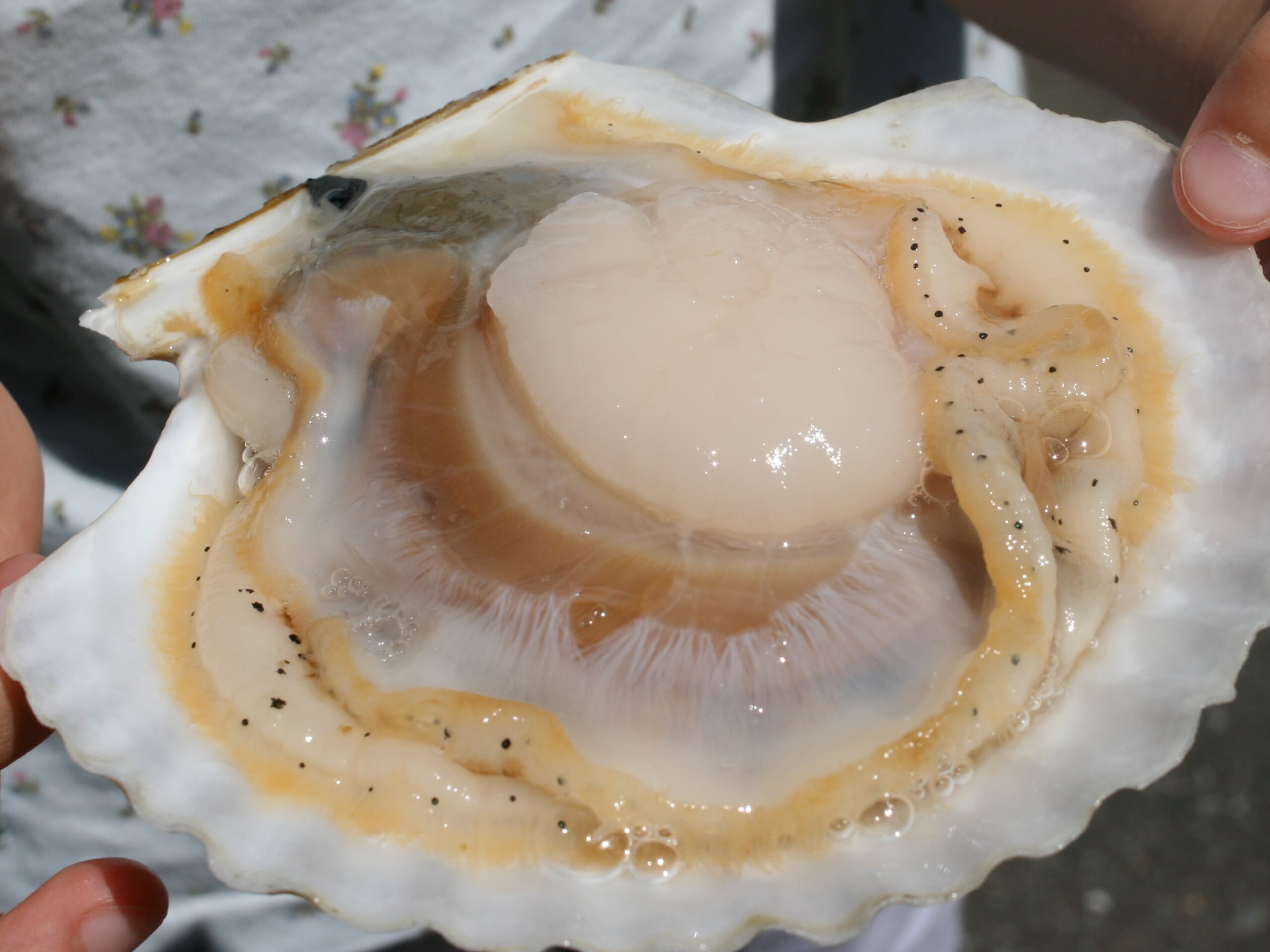
Tohoku
22 Transforming Conventional Notions Surrounding Scallops A Global Brand Strategy from Iwate Prefecture in Sanriku
Located in the center of the Sanriku coastline in the southeastern part of Iwate Prefecture, Kamaishi City is blessed with an abundance of delicious seafood. The city is also known as the birthplace of the modern iron industry. Kamaishi is also famous across Japan for being a rugby city, with the local Nippon Steel Kamaishi rugby club winning the All-Japan Rugby Football Championship for seven consecutive years between 1979 and 1985. Located in this city of diverse charms is Yamakiichi Shoten, a shop established in 1989 that today produces the so-called Swimming Scallops, which are said to be the most valuable scallops on the market. Inheriting the ideas of Yamakiichi Shoten’s founder, current Managing Director Takeichi Kimigahora is aiming to grow these Swimming Scallops into a new Sanriku brand and “communicate the value of scallops from Sanriku worldwide.”
Read more -
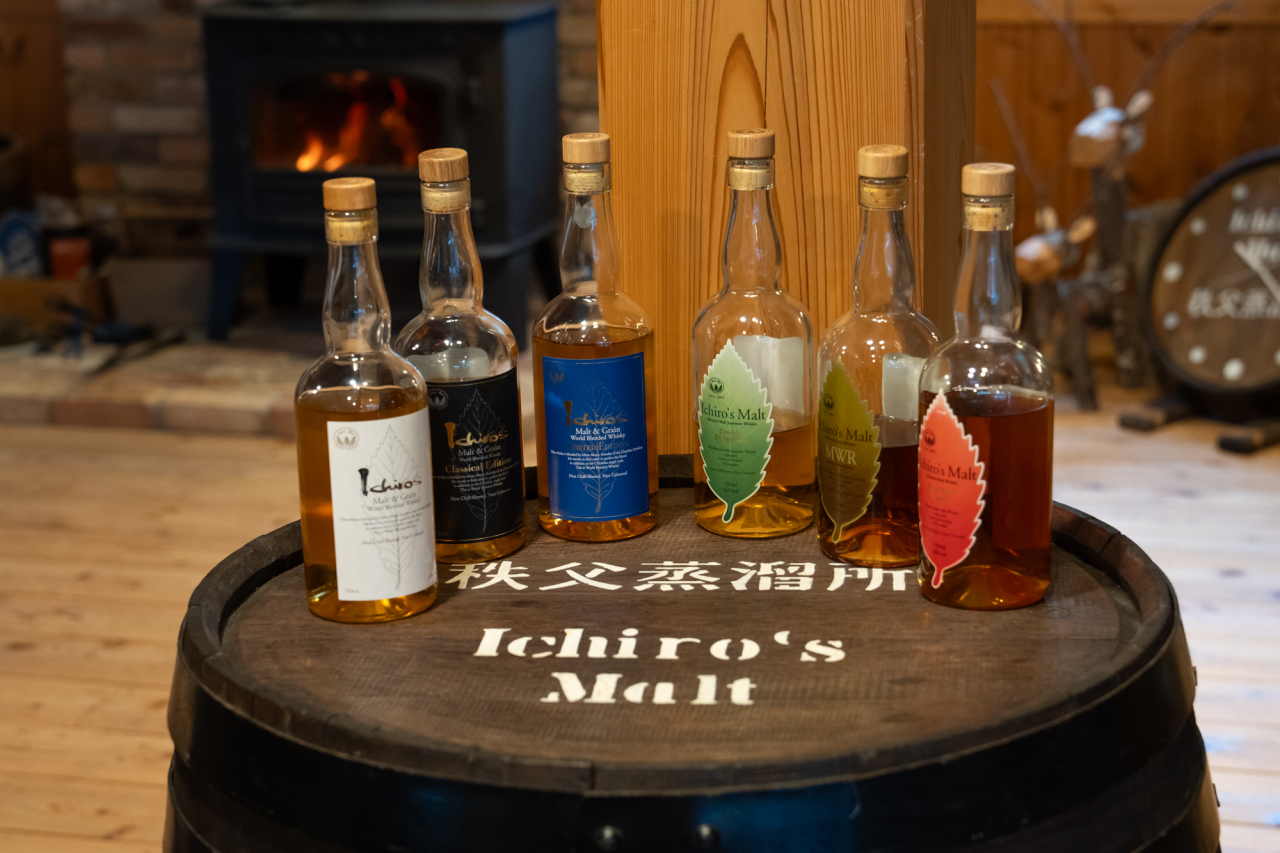
Minami-Kanto
21 The Secrets Behind a World-leading Whisky Brand from Chichibu.
Whisky is said to originate in Scotland and Ireland n the northwest of Europe. The world’s five major whiskies are Scottish, Irish, American, Canadian, and Japanese, the last of which has been garnering significant praise and attention in recent years. In Japan, for many years consumers sought easy-to-drink whiskies, and as such the market for authentic whiskies remained stagnant for some time. However, around 2010 consumption of whisky began to increase, and Japanese whisky has skyrocketed in popularity both in Japan and overseas. The Ichiro’s Malt developed in Chichibu was a pioneer of Japanese whisky. It has gone on to become one of the world’s leading whiskies, collecting numerous prestigious awards along the way.
Read more -
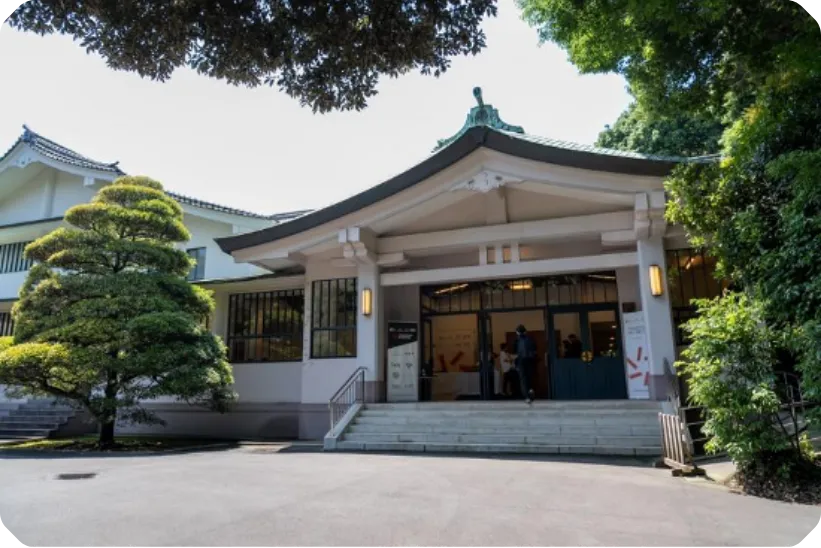
05 Suggestions for the Future Beginning with BCWP. Expectations for Japan and Global Co-creation Through Food.
The BCWP was established in 2016 by the Basque government in Spain and the Basque Culinary Center (BCC), and is known as the Nobel prize of the gastronomy world. The prize is awarded to individuals whose work in gastronomy has been proven to benefit society. The award is open to chefs across the world whose work has had a positive impact on a wide range of fields, be it education, health, research, sustainability, social entrepreneurship, philanthropy, or the protection of regional cultures, for example. In FY2023, the 13th BCWP and International Council of the Basque Culinary Center was held in Japan. In this session we examine the worldviews and objectives of chefs active across the world, their expectations for Japan’s traditions, expertise, and culinary vision, and the course of action for global co-creation through food cultures.
Read more -
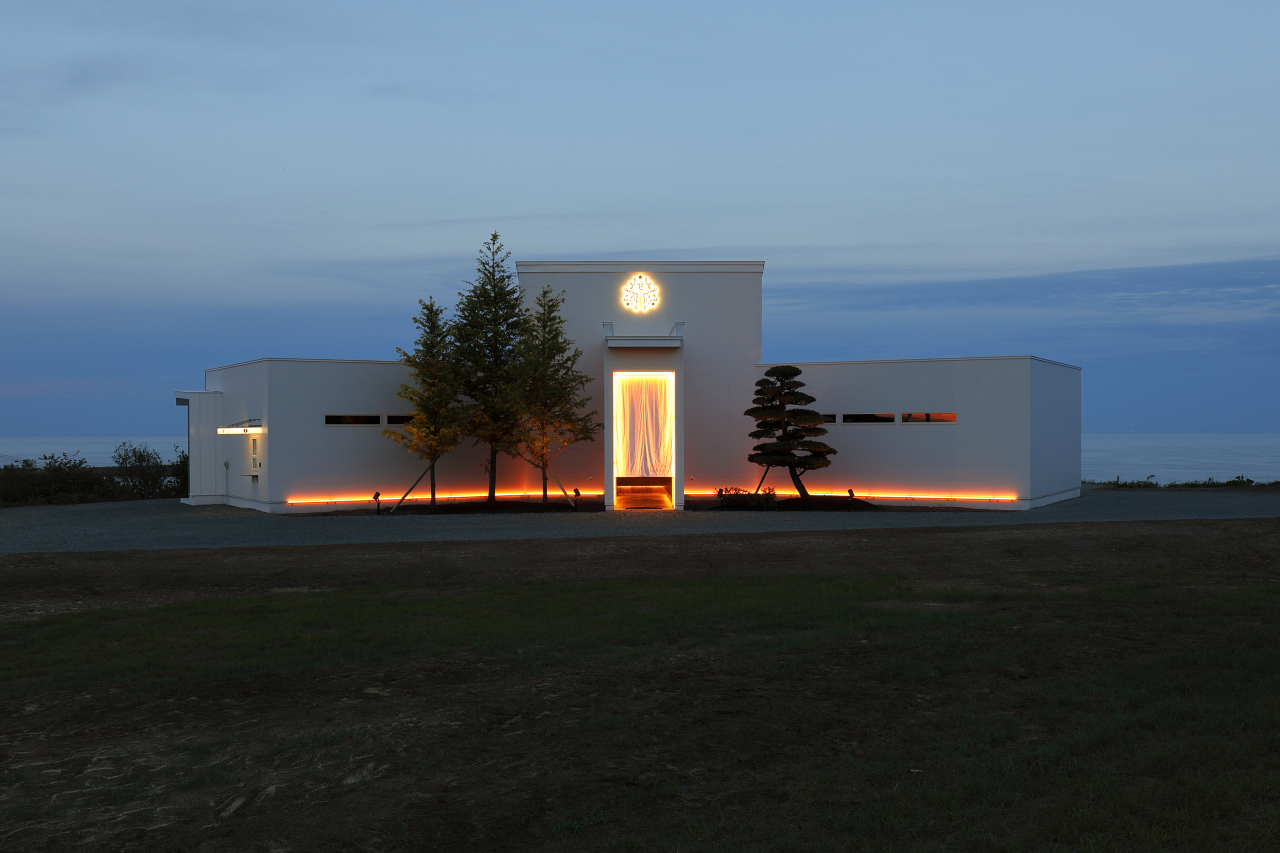
Hokkaido
20 Grateful for “Humbly Receiving their Lives,” Creating a Meat Culture in Tokachi.
Gibier refers to the meat from hunted wild birds and animals. It developed as the traditional fare of the nobility in Europe. The gibier served in restaurants in Japan today has mostly been imported from Europe. Achieving a stable supply in Japan has lagged due to a lack of workers and the difficulties in establishing butchering, processing and hygiene management systems. A newcomer to the meat industry, ELEZO, has taken up these challenges with some new ideas.<br> ELEZO is based in Toyokoro, a town located in the southeastern tip of the Tokachi area of Hokkaido. It has established an integrated in-house meat production system that is focused on wild game. This system entails ELEZO’s own production and hunting, carcass aging and distribution, charcuterie (processed meat products) production and restaurant divisions. They continue to offer “cuisine that reveals the background of its ingredients, such as how they were raised.” The restaurant in the Toranomon area of Tokyo and the auberge (French inn) that was completed in 2022 have received wide acclaim, attracting many visitors from abroad, all without advertising or promoting itself in any way at all.
Read more -
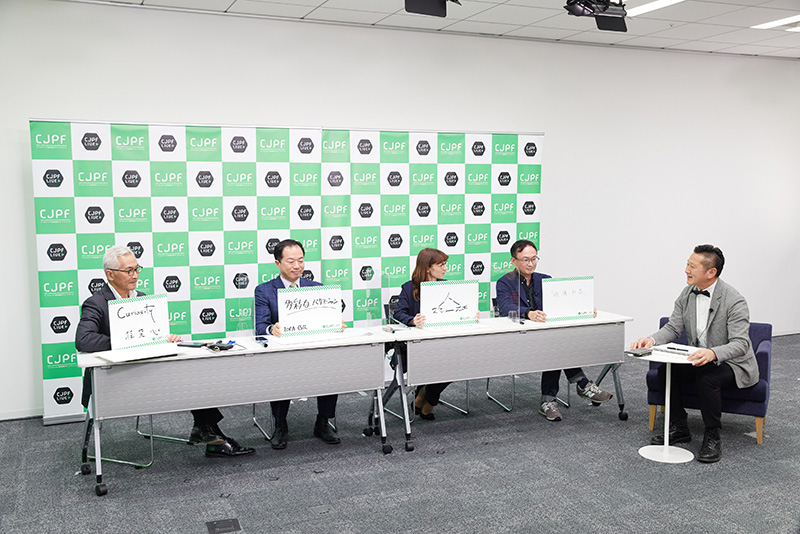
04 Rediscovering essences of Japan
The CJPF Awards 2023 were set up to award Cool Japan initiatives that highlight the attractionss of Japan. The winning initiatives were selected from among 289 entries in the Movie Category and 124 entries in the Project Category. The 4th CJPF Live session was held on March 9, 2023, with judges from both categories coming together to discuss from what viewpoints they judged and assessed the entries, as well their expectations for future CJPF Awards and any areas to improve on. In addition to a strong realization of how Japanese features are accepted and recognized around the world in diverse fields, we also gained a clear picture on the future expectations and hopes for Cool Japan.
Read more -
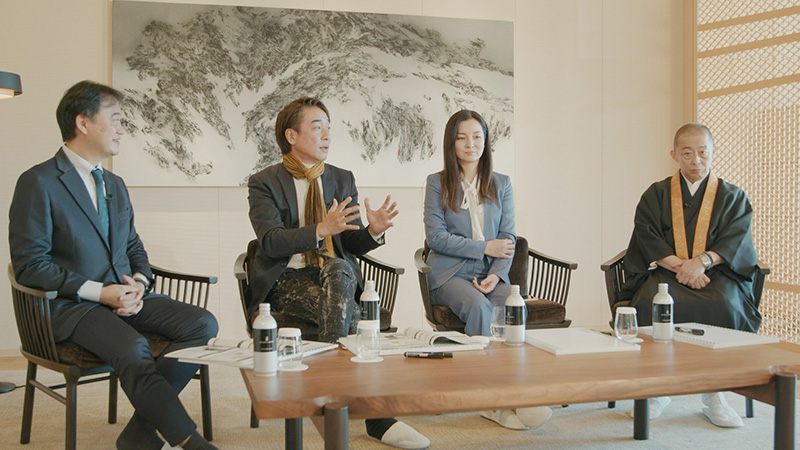
03 Examining Japanese Luxury and Regionally Developed Luxuryfrom Tochigi
The third CJPF Live was held on December 10, 2022, in Tochigi. Tochigi Prefecture has a rich history that has been passed down for over 1,200 years, represented by the world heritage shrines and temples of Nikko, and a rich natural environment, represented by the the Ramsar-registered wetlands Oku-Nikko-shitsugen and Kegon Falls, which is one of the three great waterfalls of Japan. For these reasons, Tochigi has welcomed many tourists as an international tourist destination since the Meiji era.. Tochigi is also rich in water sources, such as the Shojinzawa Spring Water in Shioya, which also makes it a flourishing sake brewing. Tochigi supplies the high-quality vegetables grown in a rich natural environment, as well as the strawberries and other agricultural products that can be enjoyed all year-round, to the Tokyo metropolitan area and nationwide. Tochigi is easily accessible from Tokyo metropolitan area in about two hours by Tobu Railway,JR,etc..and expectations for short-distance luxury gastro-tourism through Japanese railways are increasing, Here we discussed with people who are working to create local attractions and experts on Japan and overseas about what local luxury tourism should be.
Read more -
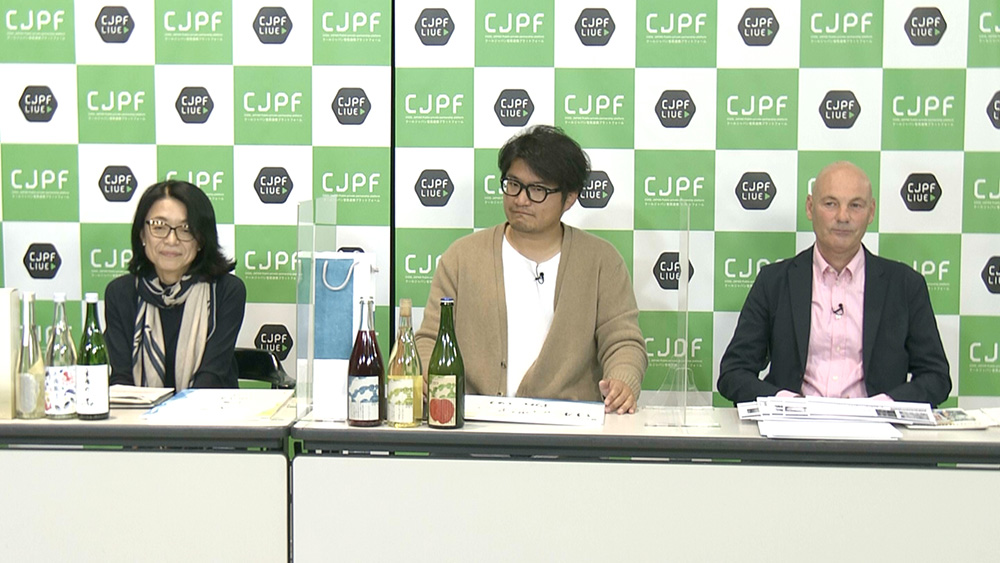
02 Advancements in Regional Food and Food Culture. Creating and Communicating New Food-based Charms from Hiroshima.
The second CJPF Live was held on November 10, 2022, in Hiroshima. Hiroshima is currently garnering worldwide attention as the host prefecture for the G7 Summit in 2023. The prefecture itself has a stair-step terrain, from the Chugoku Mountains in the north to the Seto Inland Sea in the south. Overall, Hiroshima has a warm climate, but there are areas of some heavy snowfall in the north. In this sense, it could be called a microcosm of Japan. While perhaps the most well-known food in Hiroshima is the soul food such as okonomiyaki, oysters, and momiji manju, the prefecture’s rich natural surroundings have given rise to a diverse range of ingredients and food culture. In this CJPF Live session, we discussed the charms and future of Hiroshima’s food with the “next-generation of regional leaders” and experts with an overseas perspective.
Read more -
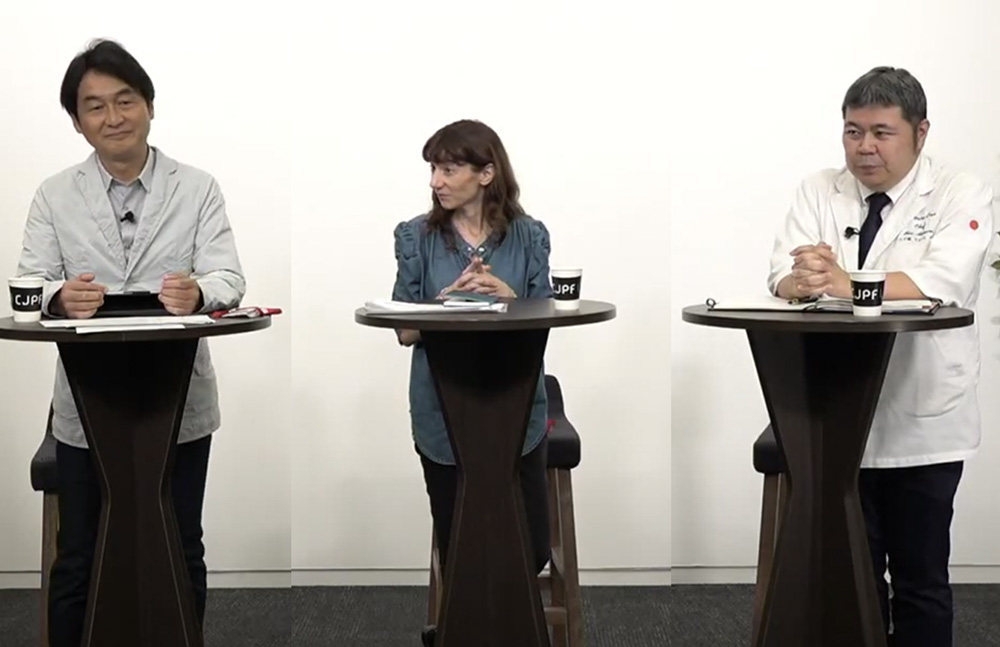
01 Exploring the Hidden Potential of Japanese Food and Food Culture and the Possibilities in Co-creation from an International Perspective
Japan’s diverse food and food culture has great potential as a key resource for Cool Japan. CJPF Live is one of the initiatives that explores the potential of Japanese food and food culture from diverse perspectives to realize branding for people around the world and to communicate the charms of Japan to people with various interests and preferences. On the first CJPF Live held on September 1, 2022, we welcomed guests from diverse sectors such as chefs, travel planners, regional development specialists, who work closely with Japanese food and food culture while sharing their activities and messages with the world. Below is a summary of the discussion about the charms and potential of Japanese food and food culture told by their own perspectives.
Read more -
Straddling the Shiota River in Ureshino, Saga Prefecture, the Wataya Besso hotel complex spreads across the 66,000-square-meter property to offer several hot spring baths, restaurants, and a large number of luxurious guest rooms. Even before the COVID-19 pandemic struck, long-established onsen ryokan (traditional hot-spring inns) across Japan had been struggling to survive changes in society and people’s tastes. Faced with these challenges, Wataya Besso’s industry-leading initiatives are gaining attention. We talked with CEO Yoshimoto Kohara, the visionary behind innovative projects which extend beyond normal ryokan operations, including a new workcation office program that integrates all the best aspects of the ryokan, and an initiative in which the hotel serves as a hub for promoting the charm of the local area.
Read more -
Kinki
4 Enjoying Rustic, Exquisite Tsumikusa Cuisine Surrounded by Unchanged Japanese Landscape and Culture
Just under an hour from central Kyoto up steep mountain roads in the Hanase region—often referred to as one of the “back rooms” of Kyoto—is a discreetly positioned inn named Miyamasou. Miyamasou was first established in 1895 as a guesthouse of Bujo-ji Temple. Today, Miyamasou is a place where guests can go back in time and experience the lifestyles of ancient Japanese villages. In a sukiya-zukuri style building designed and constructed by master carpenter Sotoji Nakamura, guests can enjoy a range of rustic dishes that are made using ingredients from the mountains which were hand-picked by chefs. These unique ingredients include wild herbs and wild flowers, fresh water fish such as sweetfish and amago, wild birds, wild boar, deer, and even bear. Miyamasou removes guests from everyday life, providing them with a unique experience that they can fully enjoy with their five senses.
Read more
記事検索
キーワードから探す
- すべて
- Ryotei & Restaurants
- Lodging/Hotels
- Producers
- Technology
- DX (Digital) & SNS
- City Planning
- Utilization
- Gastronomy and Culinary
- Japanese Nature
- Japanese history and traditional culture
- Japanese Food Culture
- Agriculture
- Fisheries
- SDGs
- Local production for local consumption
- Foreigner Activation
- Experience
- Overseas Expansion
- Fermentation
- Public-private partnerships and collaborations
- Sake
- Community Revitalization
- Spirituality
- Japan of the Sea
- Mountain Japan


